Home>Gardening & Outdoor>Landscaping Ideas>How Many Times A Day To Water Your Grass
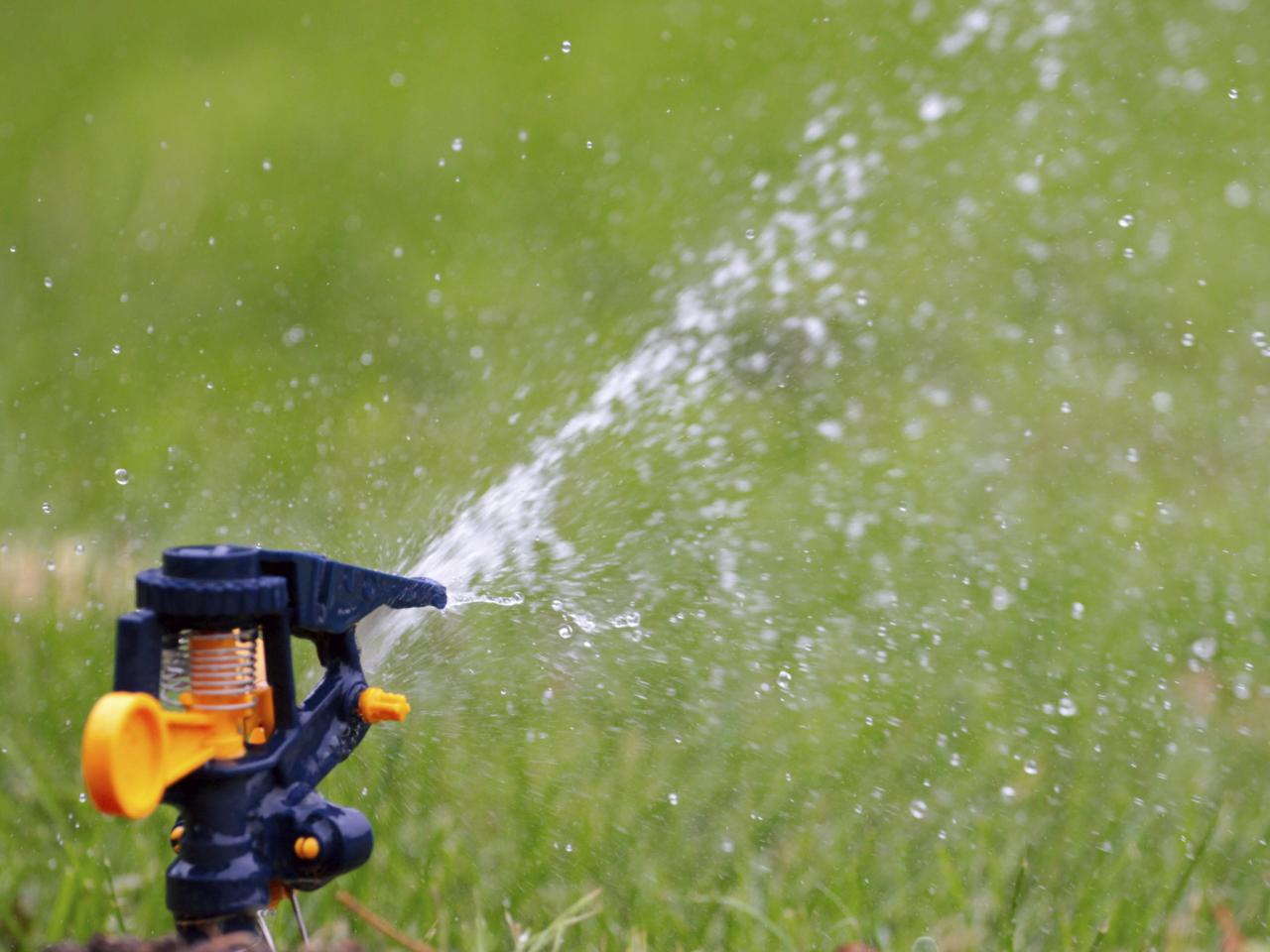

Landscaping Ideas
How Many Times A Day To Water Your Grass
Published: February 1, 2024
Discover the best landscaping ideas for watering your grass. Learn how many times a day to water your lawn for a healthy and vibrant yard.
(Many of the links in this article redirect to a specific reviewed product. Your purchase of these products through affiliate links helps to generate commission for Storables.com, at no extra cost. Learn more)
Introduction
Proper watering is a crucial aspect of maintaining a lush, healthy lawn. The frequency and timing of watering can significantly impact the overall well-being of your grass. Understanding the optimal watering schedule for your lawn is essential for promoting robust growth and vibrant greenery.
Watering your grass may seem straightforward, but it involves a delicate balance to ensure that your lawn receives the right amount of moisture without overdoing it. Factors such as climate, soil type, grass species, and the time of year all play a role in determining the ideal watering routine for your lawn.
In this comprehensive guide, we will delve into the various factors that influence the frequency of watering, explore the best times to water your grass, and discuss the telltale signs of both overwatering and underwatering. By the end of this article, you will have a clear understanding of how often and when to water your grass to promote a thriving and resilient lawn.
Key Takeaways:
- Mastering the art of watering your grass involves understanding factors like climate, soil type, and grass species. Water in the early morning or late afternoon to help your grass thrive.
- Look out for signs of overwatering, like soggy soil and wilting grass, and underwatering, such as dry soil and slow growth. Adjust your watering routine to keep your lawn healthy and vibrant.
Factors to Consider
When determining how often to water your grass, several crucial factors come into play. Understanding these elements is essential for tailoring a watering schedule that meets the specific needs of your lawn. By taking these factors into account, you can ensure that your grass receives the right amount of moisture to thrive.
Climate
The climate in your region is a primary consideration when establishing a watering routine for your lawn. Areas with hot, arid climates typically require more frequent watering to compensate for the rapid evaporation of moisture. Conversely, regions with cooler or more humid climates may necessitate less frequent watering. Understanding the unique climate conditions in your area will guide you in determining the optimal watering frequency for your grass.
Soil Type
The composition of your soil significantly impacts its ability to retain moisture. Sandy soils drain water more rapidly, often requiring more frequent watering to maintain adequate moisture levels. In contrast, clay soils retain water for longer periods, potentially necessitating less frequent watering. Understanding your soil type is crucial for adapting your watering schedule to ensure that your grass receives sufficient hydration without waterlogging the soil.
Grass Species
Different grass species have varying water requirements. Some species are more drought-tolerant and can thrive with less frequent watering, while others may demand more consistent moisture. By identifying the specific grass species in your lawn, you can tailor your watering schedule to align with the unique needs of your grass, promoting optimal growth and vitality.
Read more: What Time To Water Your Grass
Time of Year
The time of year plays a pivotal role in determining the watering needs of your lawn. During the hot summer months, when evaporation rates are high, your grass may require more frequent watering to combat the effects of intense heat. In contrast, cooler seasons may necessitate less frequent watering to prevent overhydration. Adapting your watering schedule to align with the seasonal fluctuations will help maintain the health and resilience of your grass throughout the year.
Watering Equipment
The type of watering equipment you use can influence the efficiency of moisture distribution across your lawn. Factors such as the watering method, coverage area, and water pressure can impact the effectiveness of your watering routine. Understanding the capabilities and limitations of your watering equipment is essential for optimizing the delivery of moisture to your grass.
By considering these crucial factors, you can develop a tailored watering schedule that meets the specific needs of your lawn, promoting healthy growth and vibrant greenery. Understanding the interplay of climate, soil type, grass species, time of year, and watering equipment empowers you to make informed decisions regarding the frequency and duration of watering, ultimately contributing to the overall well-being of your grass.
Best Times to Water
The timing of your watering sessions can significantly impact the effectiveness of moisture absorption by your grass. By strategically scheduling your watering routine, you can maximize the uptake of water while minimizing evaporation, ultimately promoting the health and vitality of your lawn. Here are the best times to water your grass for optimal results:
Early Morning
Watering your grass in the early morning, ideally before 10 a.m., is widely regarded as the most beneficial time. During the early morning hours, the temperature is typically lower, and the sun's intensity is milder, reducing the risk of rapid evaporation. Additionally, the gentle morning breeze can help disperse the water evenly across the lawn, ensuring thorough coverage. By watering in the early morning, you provide your grass with ample time to absorb the moisture before the heat of the day sets in, fostering strong root development and overall resilience.
Read more: How Many Times A Week To Water My Grass
Late Afternoon to Early Evening
Another opportune time to water your grass is during the late afternoon to early evening, typically after 4 p.m. As the sun begins to descend and the temperature gradually decreases, the risk of evaporation diminishes. However, it is essential to ensure that your grass has ample time to dry before nightfall to prevent prolonged moisture on the blades, which can potentially lead to fungal growth. By watering during this time window, you can help replenish any moisture lost during the day, preparing your lawn for the overnight period when water uptake and utilization are optimized.
Avoid Midday Watering
It is advisable to avoid watering your grass during the peak of the day, particularly between 10 a.m. and 4 p.m. During these hours, the sun's intensity is at its zenith, leading to rapid evaporation and potential water wastage. Additionally, watering during this time can result in the formation of water droplets on the grass blades, acting as magnifying lenses that may intensify the sun's rays and potentially scorch the grass. By steering clear of midday watering, you can conserve water, minimize the risk of sun damage, and optimize the effectiveness of your watering efforts.
By adhering to these recommended watering times, you can enhance the efficiency and effectiveness of your watering routine, ensuring that your grass receives the moisture it needs to thrive. Strategic timing not only maximizes water absorption but also contributes to water conservation and the overall health and vibrancy of your lawn.
Signs of Overwatering
Overwatering your lawn can have detrimental effects on its overall health and appearance. Recognizing the signs of overwatering is crucial for addressing the issue promptly and restoring the balance of moisture in your grass. Here are the key indicators that your lawn may be suffering from overhydration:
-
Soggy or Mushy Soil: One of the most apparent signs of overwatering is the presence of consistently soggy or mushy soil. When the soil becomes waterlogged due to excessive irrigation, it loses its ability to provide adequate oxygen to the grass roots. This can lead to root suffocation and hinder the uptake of essential nutrients, ultimately compromising the health of your lawn.
-
Persistent Standing Water: If you notice areas of your lawn where water consistently pools or stands after watering, it is a clear indication of overwatering. Prolonged water accumulation prevents the soil from drying out properly, creating an environment that is conducive to the development of fungal diseases and root rot.
-
Wilting Despite Moisture: Paradoxically, overwatered grass may exhibit signs of wilting or drooping, even though the soil is excessively moist. This is due to the impaired ability of waterlogged roots to absorb oxygen, leading to a weakened and wilted appearance in the grass blades.
-
Foul Odor: Overly wet soil can emit a foul, musty odor, signaling the presence of anaerobic conditions caused by excessive moisture. This unpleasant smell indicates that the soil is lacking proper aeration, potentially leading to the decay of roots and the proliferation of harmful microorganisms.
-
Algae and Fungal Growth: Overwatered lawns are prone to the growth of algae and fungi, manifesting as greenish-brown patches or slimy coatings on the soil surface. These unsightly growths not only detract from the aesthetic appeal of your lawn but also indicate an imbalance in moisture levels that can compromise the health of your grass.
-
Decreased Resilience to Stress: Grass that is consistently overwatered becomes less resilient to environmental stressors such as heat and drought. Over time, the weakened root system and overall vitality of the grass make it more susceptible to damage and disease, diminishing its ability to thrive.
By being vigilant for these signs of overwatering, you can take proactive measures to adjust your watering routine and mitigate the adverse effects on your lawn. Addressing overwatering promptly will help restore the health and vigor of your grass, ensuring that it can flourish and thrive in optimal growing conditions.
Signs of Underwatering
Recognizing the signs of underwatering is crucial for addressing the water needs of your lawn and preventing the detrimental effects of insufficient moisture. When your grass is not receiving an adequate amount of water, it exhibits distinct indicators that signal its distress. Understanding these signs empowers you to take timely action to ensure the health and vitality of your lawn. Here are the key signs of underwatering to watch for:
-
Wilting and Discoloration: One of the most noticeable signs of underwatering is the wilting and discoloration of grass blades. When deprived of sufficient moisture, the grass may appear limp, with the blades losing their vibrant green color and taking on a dull, straw-like hue. This visual cue indicates that the grass is experiencing water stress and requires additional hydration to regain its vigor.
-
Slow Growth and Dormancy: Underwatered grass may exhibit slow growth and enter a state of dormancy as a survival mechanism. During periods of inadequate moisture, the grass conserves its energy and resources, resulting in stunted growth and a lack of vibrancy. This dormancy is a protective response to water scarcity and serves as a signal for the need to adjust the watering regimen.
-
Footprint Retention: When walking across an underwatered lawn, the grass may retain the imprint of footprints or other pressure, indicating a lack of turgidity and resilience. Properly hydrated grass typically springs back after being compressed, whereas underwatered grass may show persistent indentations, highlighting its need for additional moisture.
-
Thinning and Patchy Growth: Insufficient water supply can lead to thinning and patchy growth patterns in the lawn. Areas of the grass may appear sparse and struggle to fill in, resulting in an uneven and lackluster overall appearance. This uneven growth is a clear indication that the grass is not receiving the necessary hydration to thrive uniformly.
-
Soil Dryness: A telltale sign of underwatering is dry, parched soil. By inspecting the soil beneath the grass, you can assess its moisture levels and determine whether it is adequately hydrated. Underwatered soil may appear visibly dry and dusty, signaling the need for increased watering to replenish the moisture content.
-
Increased Pest and Weed Presence: Underwatered lawns are more susceptible to pest infestations and weed proliferation. The weakened state of the grass makes it more vulnerable to opportunistic pests and invasive weeds, which can further compromise its health and vigor.
By remaining attentive to these signs of underwatering, you can proactively adjust your watering schedule to meet the specific needs of your lawn. Addressing underwatering promptly will help restore the health and resilience of your grass, ensuring that it can thrive and flourish in optimal growing conditions.
Read more: How Many Minutes To Water Your Grass
Conclusion
In conclusion, mastering the art of watering your grass involves a delicate balance of understanding the unique factors that influence its water needs and strategically implementing a watering routine that promotes optimal growth and vitality. By considering the interplay of climate, soil type, grass species, time of year, and watering equipment, you can tailor a watering schedule that aligns with the specific requirements of your lawn.
The best times to water your grass, such as early morning and late afternoon to early evening, offer strategic windows for maximizing water absorption while minimizing the risk of evaporation. By adhering to these recommended watering times, you can enhance the efficiency of your watering routine and contribute to water conservation, ultimately fostering the health and vibrancy of your lawn.
Recognizing the signs of both overwatering and underwatering empowers you to take proactive measures to adjust your watering regimen and address any imbalances in moisture levels. Whether it's adjusting the frequency of watering, fine-tuning the timing of watering sessions, or optimizing the coverage and distribution of moisture, being attuned to the needs of your grass allows you to cultivate a thriving and resilient lawn.
In essence, the journey to mastering the art of watering your grass is a dynamic and rewarding endeavor. It involves a deep understanding of your lawn's unique characteristics and a commitment to providing it with the care and attention it deserves. By integrating the insights shared in this guide into your lawn care practices, you can embark on a journey of nurturing a lush, healthy lawn that serves as a vibrant centerpiece of your outdoor space.
Remember, the health and beauty of your lawn are a reflection of the thoughtful and attentive care you provide. By embracing the principles of informed watering practices, you can cultivate a verdant oasis that invites relaxation, recreation, and natural splendor into your everyday life.
Frequently Asked Questions about How Many Times A Day To Water Your Grass
Was this page helpful?
At Storables.com, we guarantee accurate and reliable information. Our content, validated by Expert Board Contributors, is crafted following stringent Editorial Policies. We're committed to providing you with well-researched, expert-backed insights for all your informational needs.
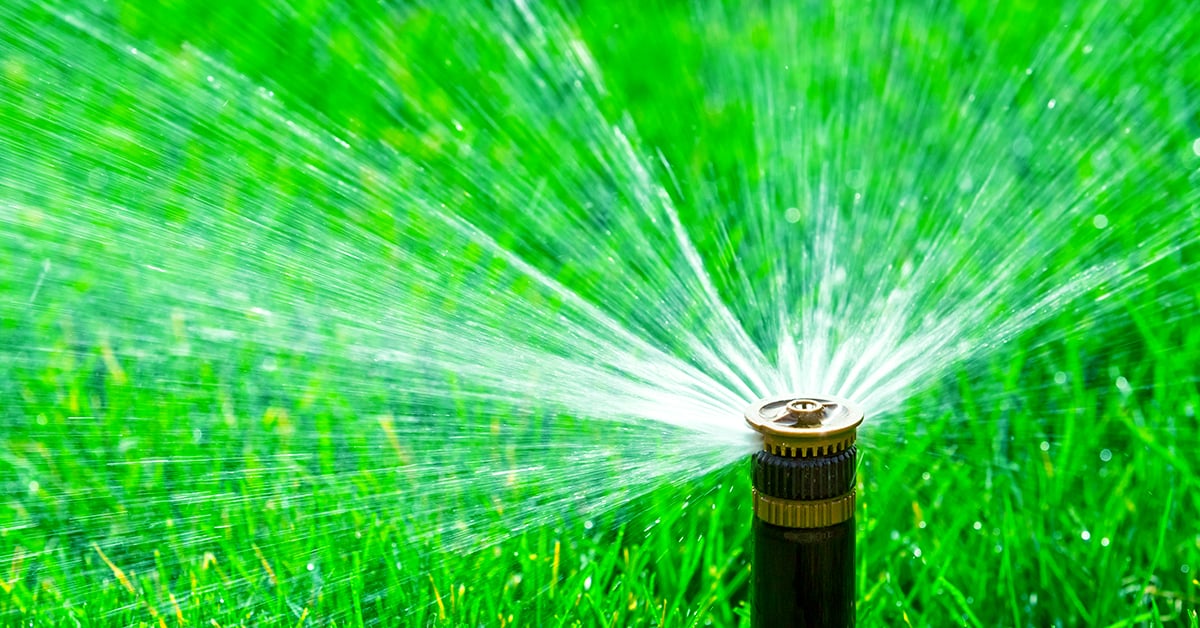
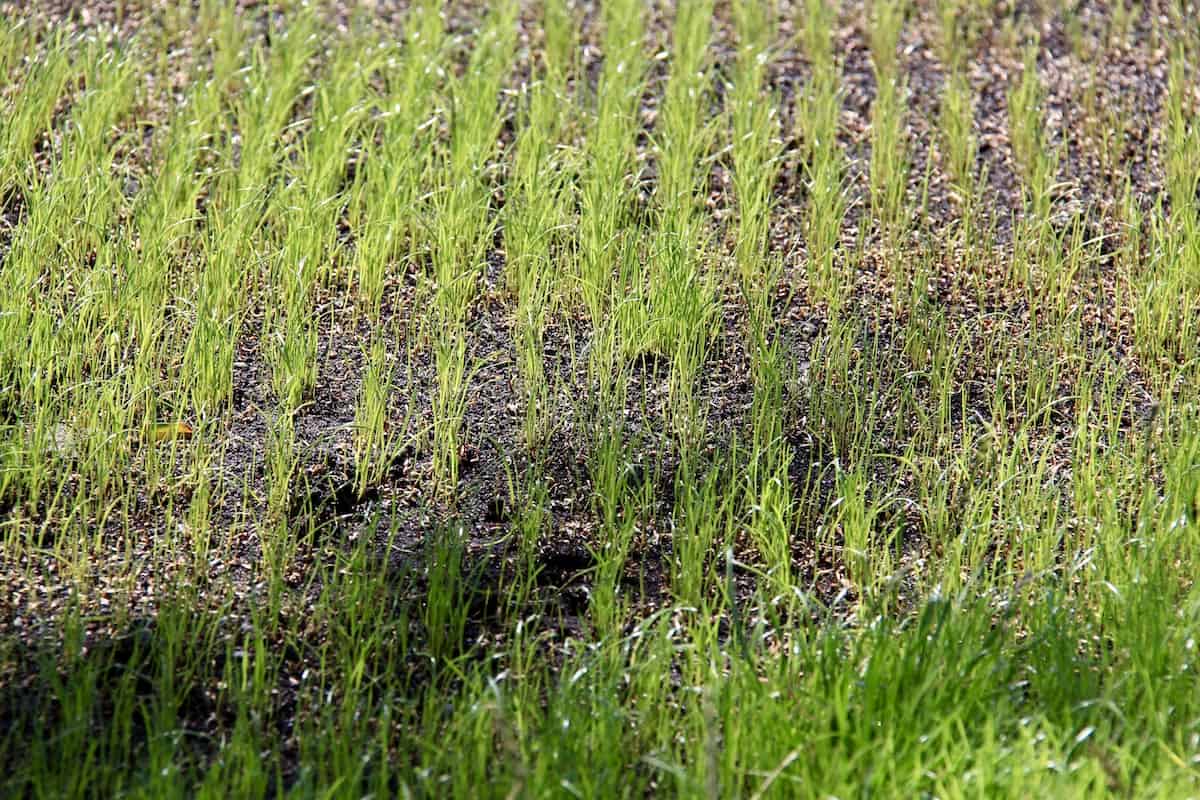
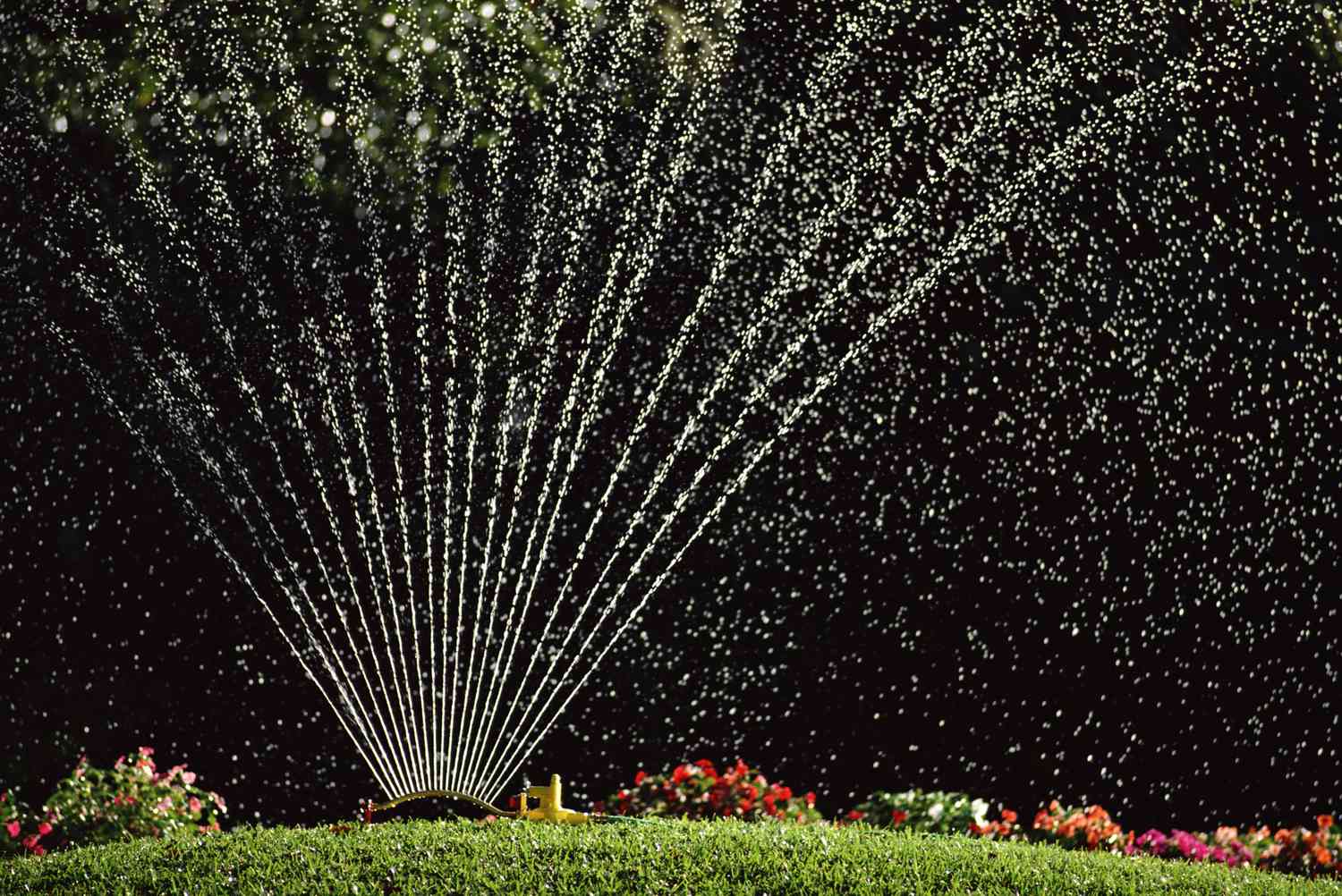
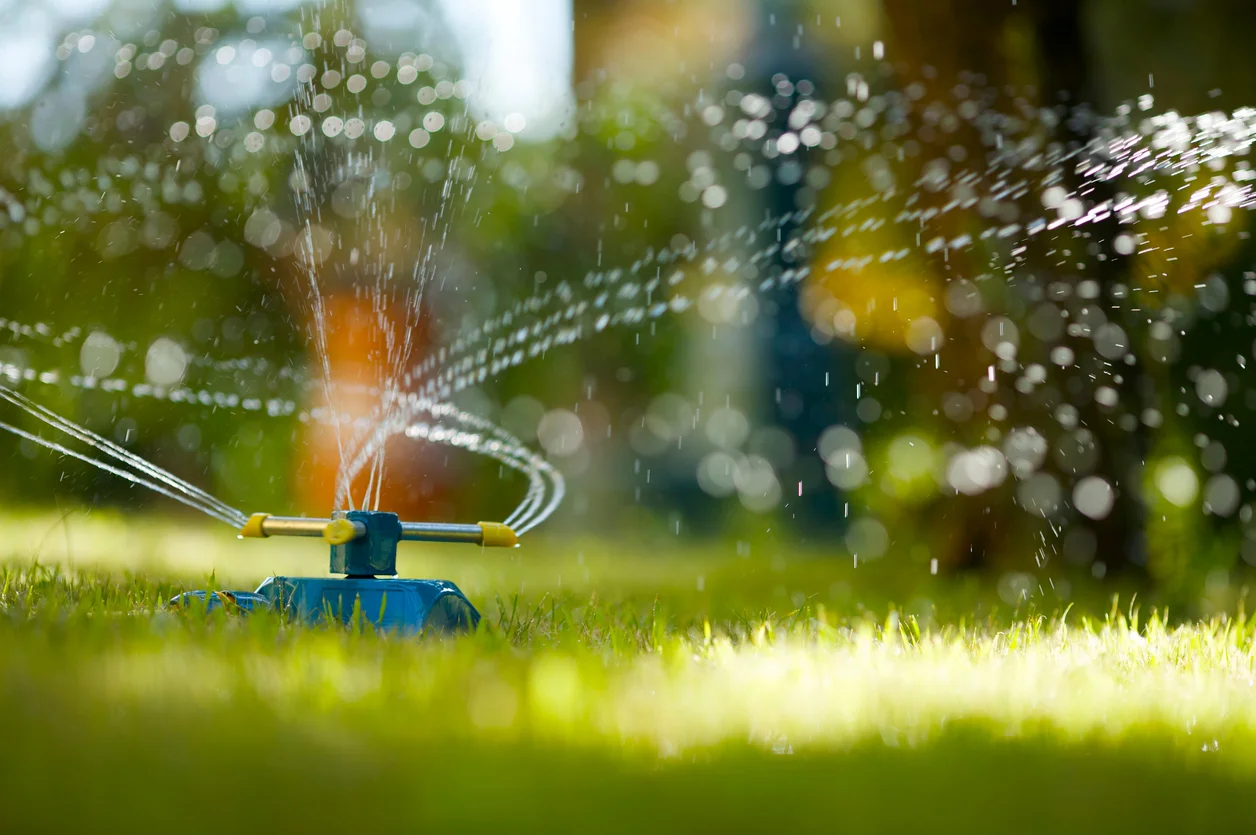
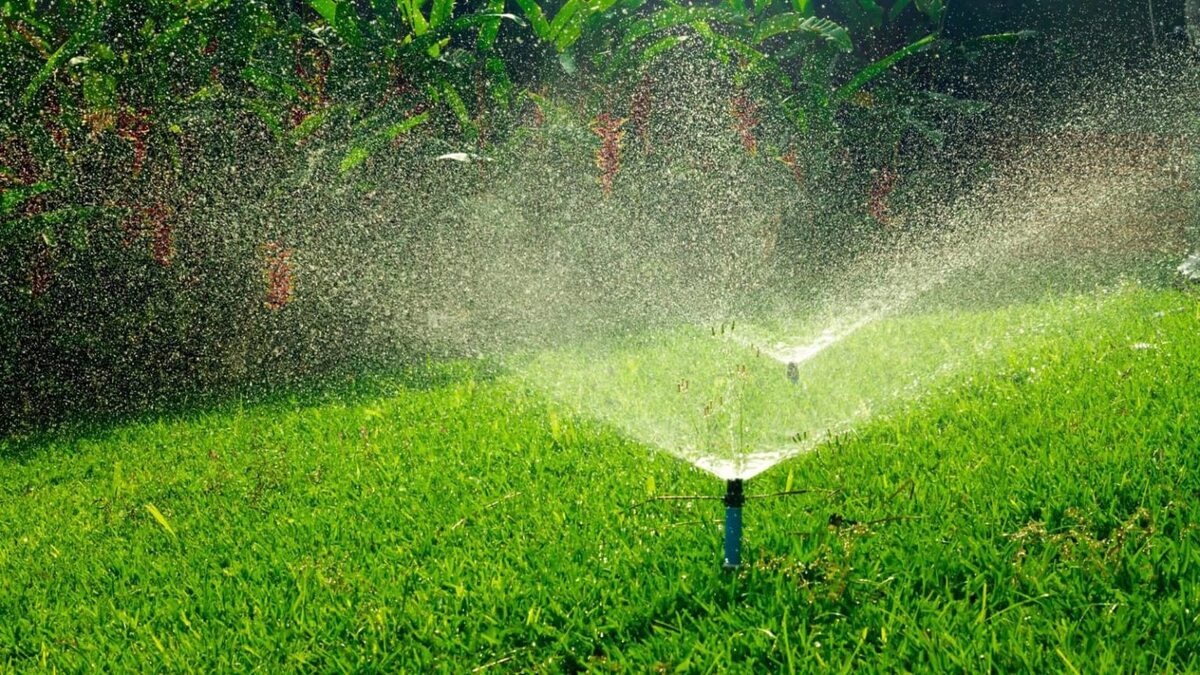

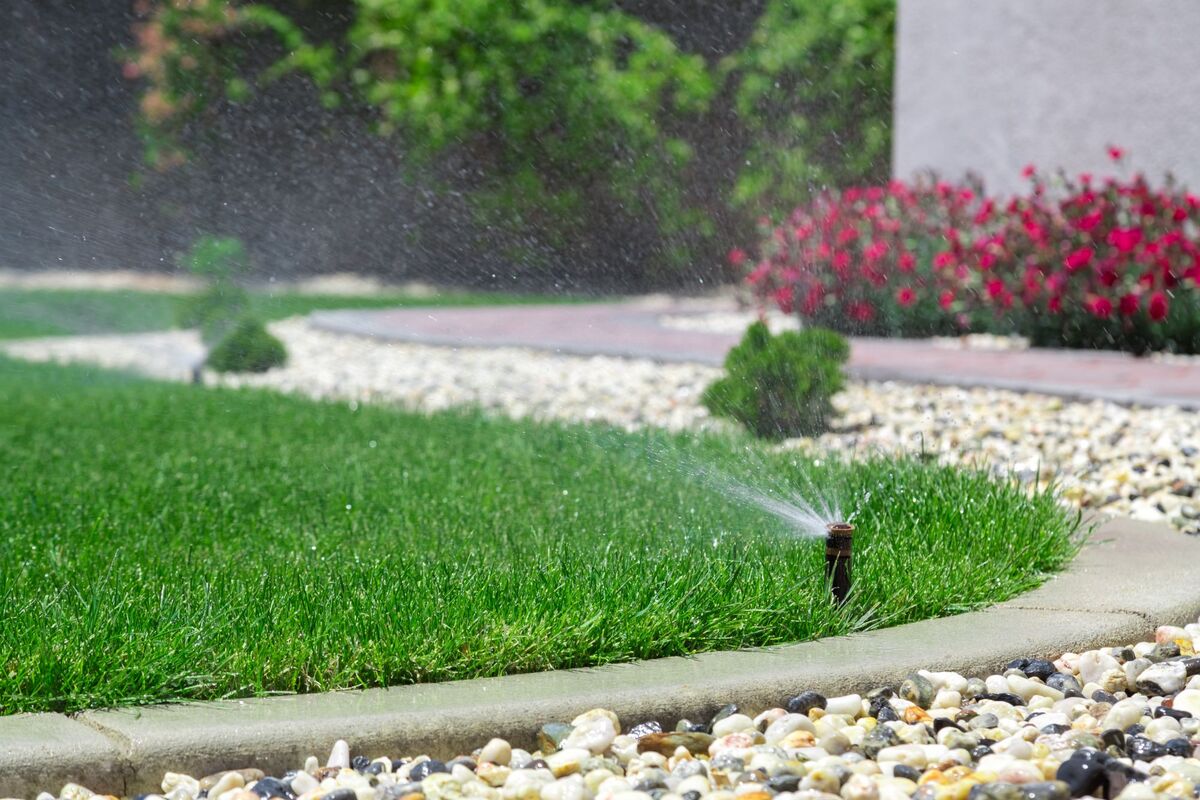
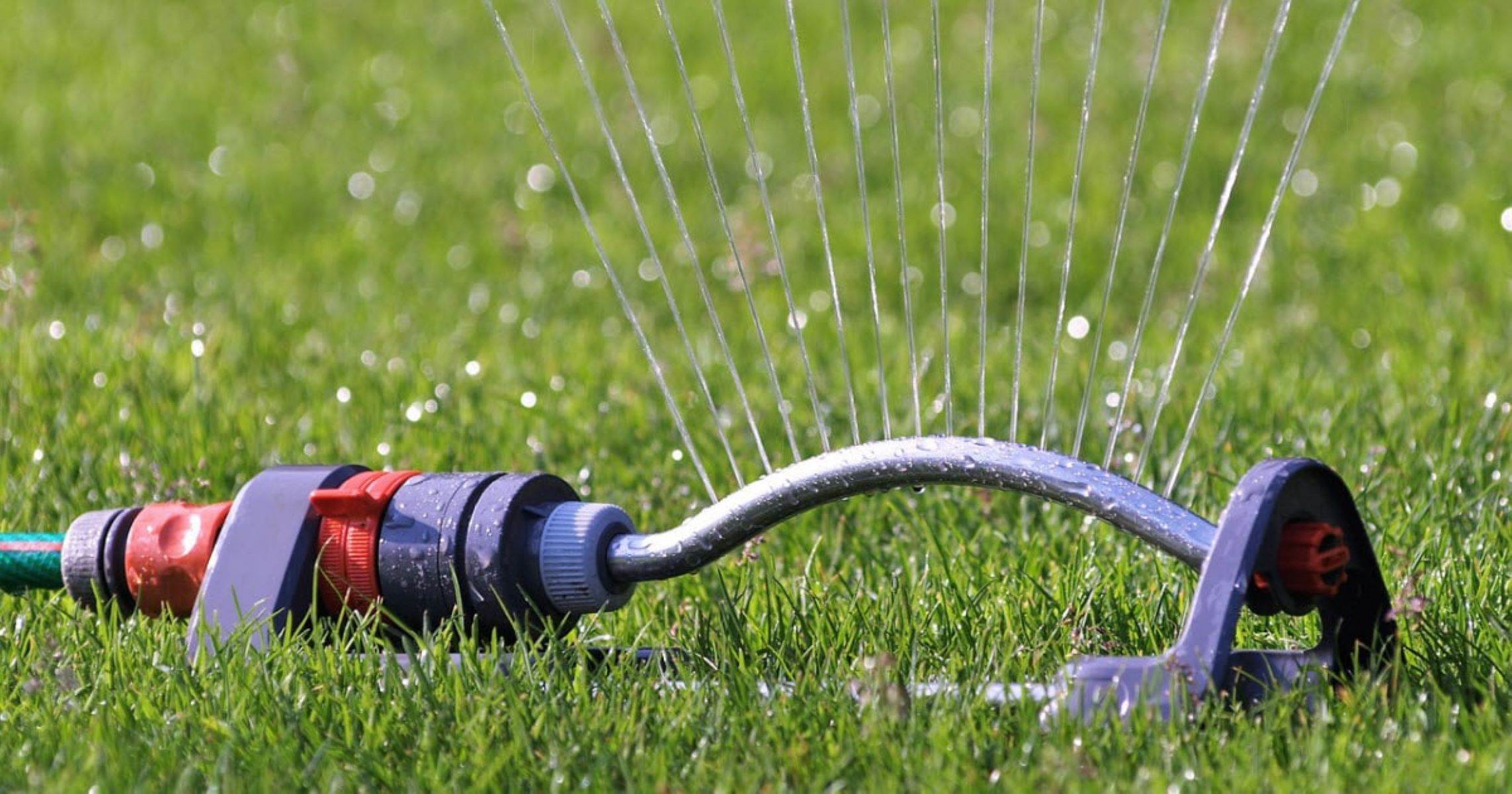
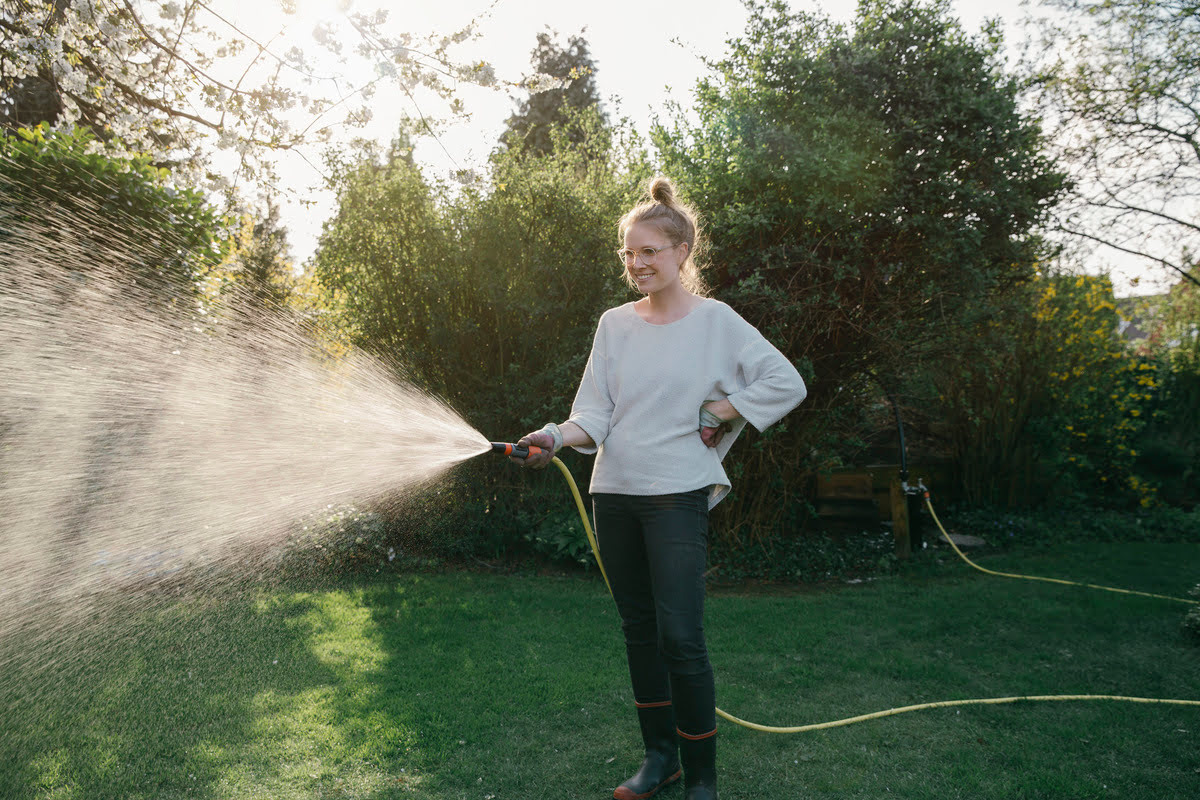
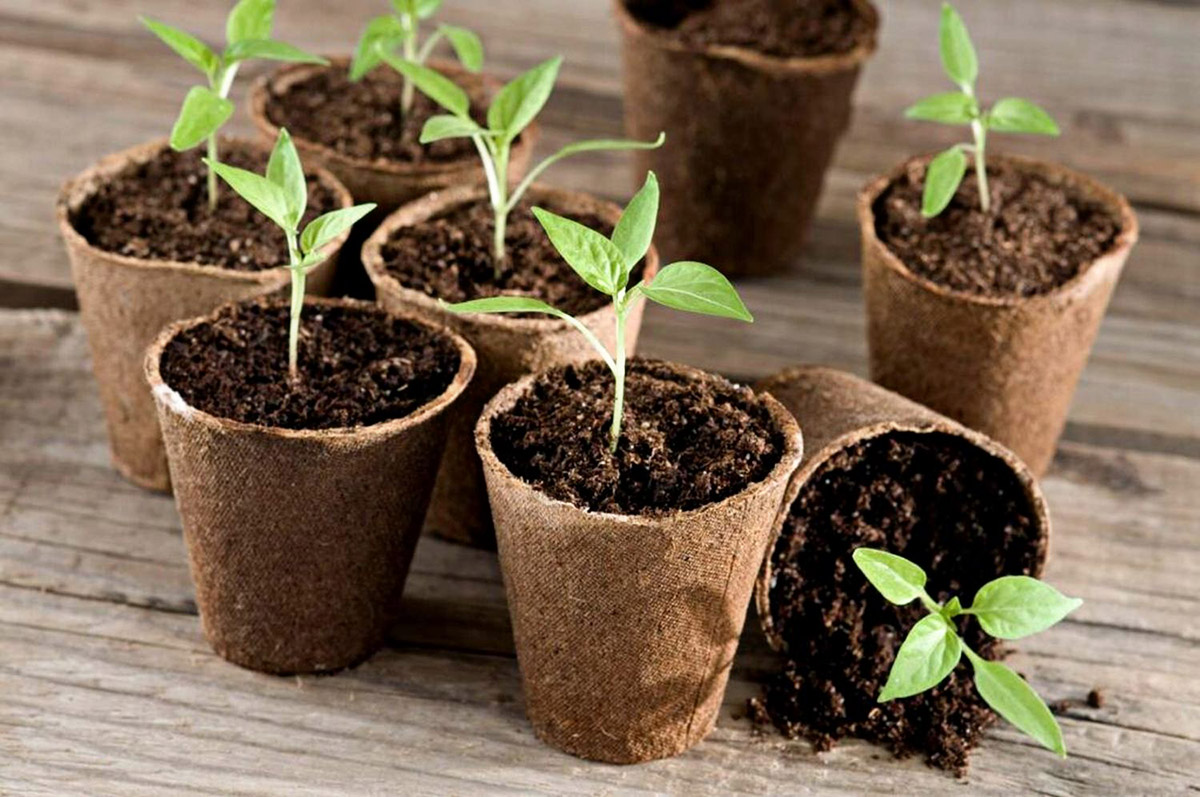
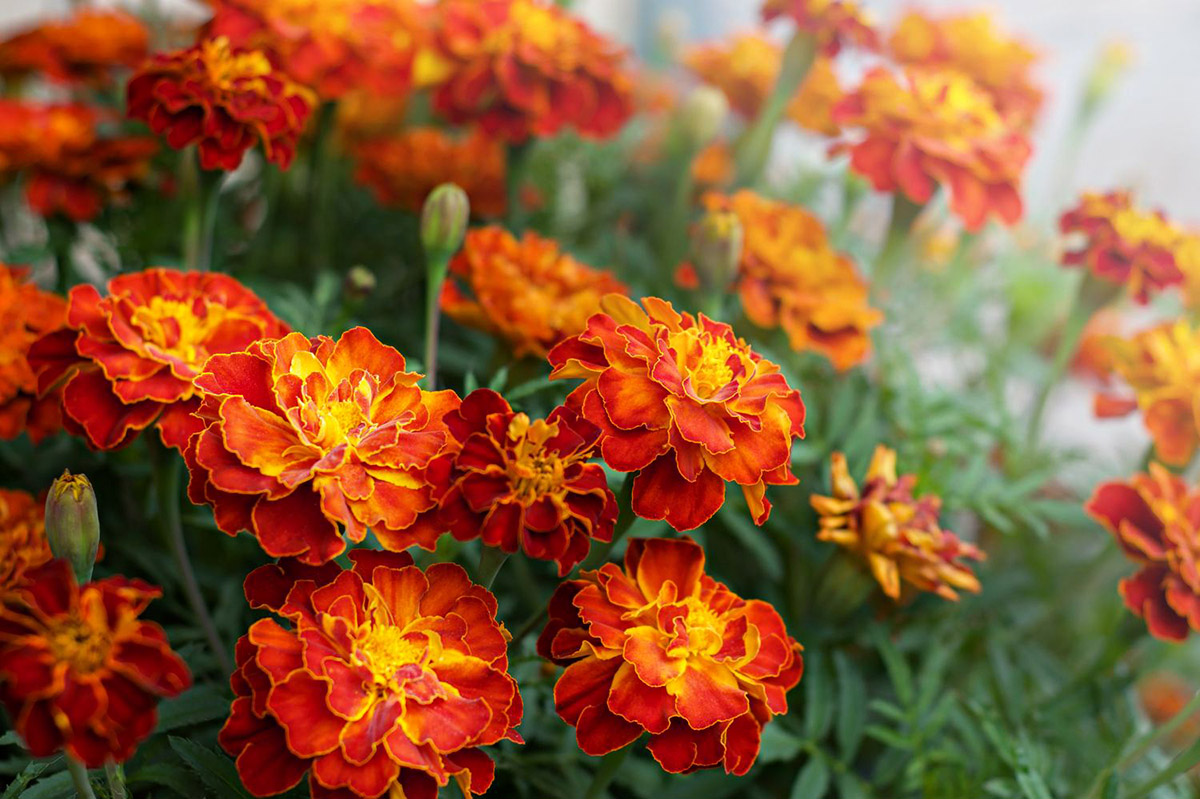


0 thoughts on “How Many Times A Day To Water Your Grass”